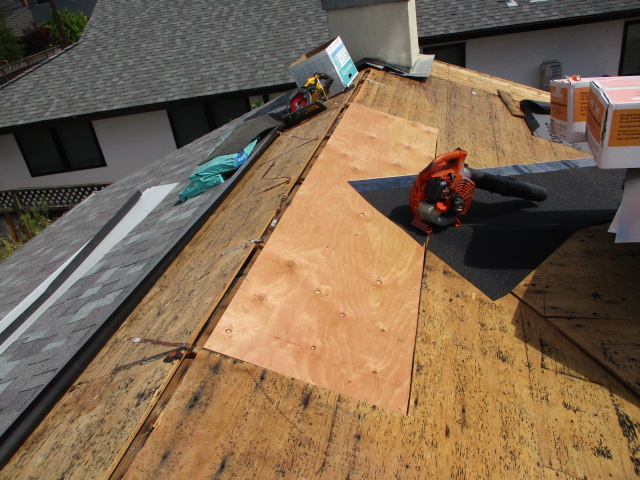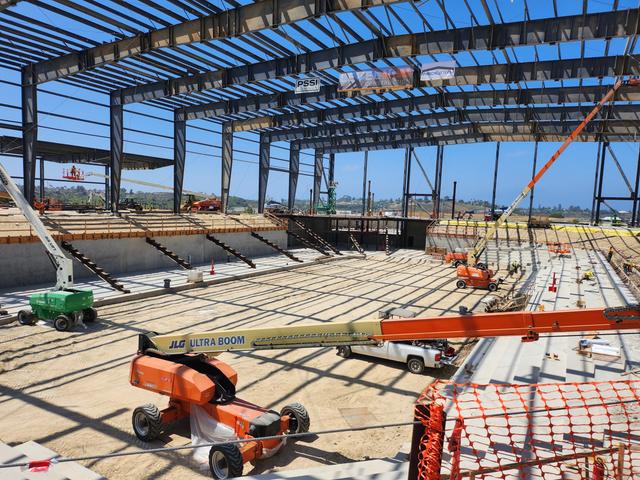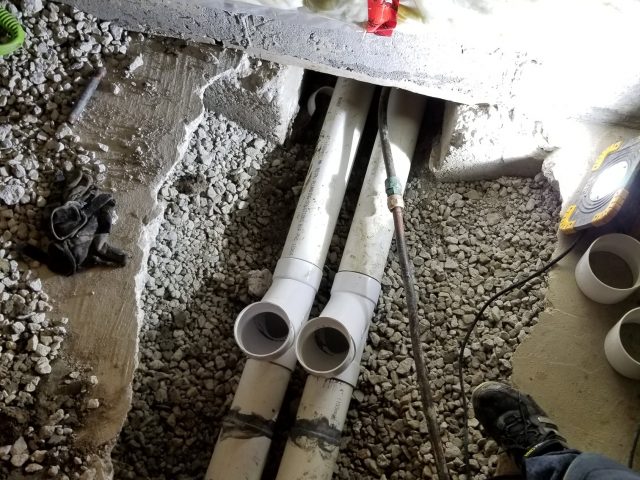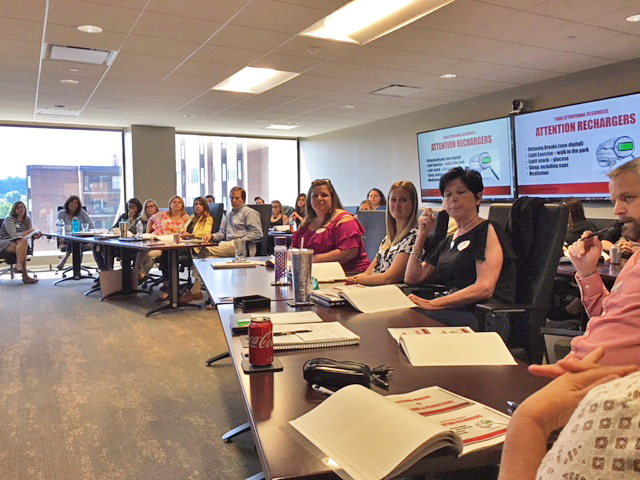Roofing projects are common among homeowners, whether it’s repairing a leak or replacing old shingles. However, working on a roof can be hazardous if safety precautions are not taken seriously. Accidents can happen, leading to injuries or even fatalities. Therefore, it’s crucial for homeowners to prioritize safety when dealing with roofing tasks. In this article, we’ll discuss essential roofing safety tips that every homeowner should know to ensure a secure working environment.
Understanding the Risks
Before starting any roofing project, it’s important to understand the potential risks involved. Falling from heights is the most significant risk factor when working on a roof. Additionally, slippery surfaces, unstable ladders, and electrical hazards pose serious threats to safety. Being aware of these risks is the first step in preventing accidents.
Invest in Proper Equipment
Investing in the right safety equipment can significantly reduce the risk of accidents. Essential gear includes:
- Safety Harness and Fall Protection System: A safety harness, along with a reliable fall protection system, is crucial for working on sloped roofs. It prevents falls and provides support while working at heights.
- Sturdy Ladders: Use high-quality, properly secured ladders that can support your weight and provide stable footing.
- Non-Slip Shoes: Wear footwear with good traction to prevent slipping on wet or uneven surfaces.
- Protective Headgear: A hard hat can protect you from head injuries caused by falling debris or accidental bumps.
- Eye and Ear Protection: Safety glasses and earplugs are essential, especially when using power tools or working in noisy environments.
Check the Weather Forecast
Before starting any roofing work, check the weather forecast. Avoid working on the roof during windy, rainy, or icy conditions, as these can make the surface slippery and increase the risk of accidents. It’s best to schedule roofing projects during dry, calm weather conditions.
Use Proper Ladder Safety Techniques
Improper ladder use is a common cause of roofing accidents. Follow these ladder safety tips:
- Positioning: Place the ladder on a firm, level surface, and ensure that it extends at least three feet above the roof edge for easy access.
- Angle: Use the 4-to-1 rule for ladder placement – for every four feet of height, move the base of the ladder one foot away from the wall.
- Securement: Secure the ladder at the top and bottom to prevent it from slipping or shifting during use.
- One Person at a Time: Never allow more than one person on the ladder simultaneously.

Take Precautions Against Electrical Hazards
Roofing work often involves working near power lines or electrical equipment. To avoid electrocution:
- Stay Aware: Be mindful of overhead power lines and keep all tools and materials away from them.
- Turn Off Power: If you need to work near electrical equipment, turn off the power source and use lockout/tagout procedures to prevent accidental activation.
- Use Ground Fault Circuit Interrupters (GFCIs): When working with power tools, use GFCIs to protect against electric shock in case of a malfunction.
Work with a Partner
Working alone on a roof can be risky, especially when handling heavy materials or using power tools. Whenever possible, work with a partner who can assist you and provide help in case of an emergency. Are you looking for more information regarding essential roofing safety tips every homeowner, check out the Best Roofer in Milford CT to learn more.
Regular Maintenance and Inspections
Regular maintenance and inspections can prevent minor issues from turning into major safety hazards. Keep your roof in good condition by:
- Inspecting for Damage: Regularly inspect your roof for signs of damage, such as missing shingles, cracks, or leaks.
- Trimming Overhanging Branches: Overhanging branches can damage your roof during storms. Trim them regularly to prevent potential hazards.
- Clearing Debris: Remove leaves, branches, and other debris from your roof to prevent water pooling and potential collapse.
Conclusion
Prioritizing safety is essential when working on roofing projects. By understanding the risks, investing in proper equipment, checking the weather forecast, using ladder safety techniques, taking precautions against electrical hazards, working with a partner, and conducting regular maintenance and inspections, homeowners can ensure a safe working environment. Remember, safety should always come first to prevent accidents and injuries.





